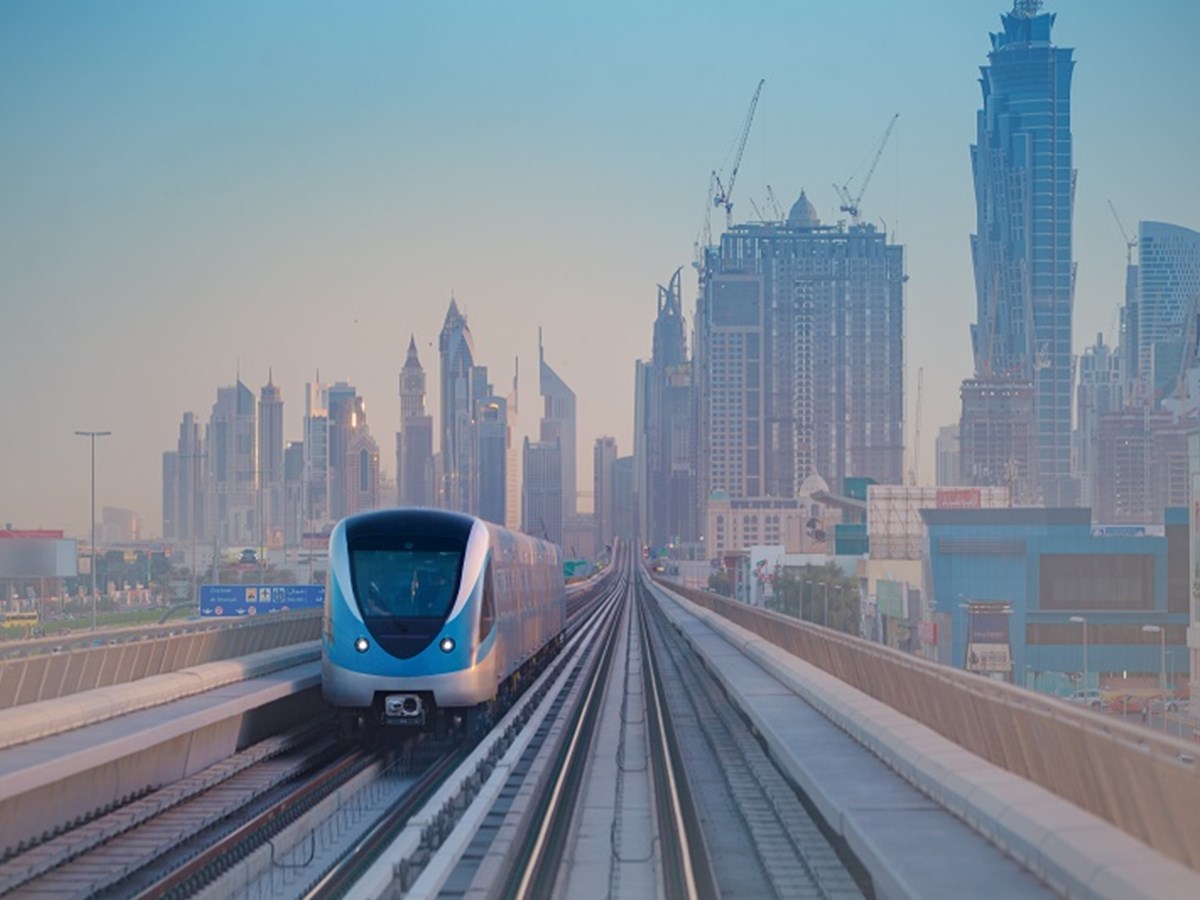Callum Campbell MRTPI is Senior Planner and Designer (Cities and Mobility) at AECOM Middle East
In March 2021, Mohammed bin Rashid Al Maktoum, the Vice President of the United Arab Emirates, announced the Dubai 2040 Urban Master Plan. It marks the seventh development plan for the Emirate since the 1960s and outlines the strategic direction for sustainable urban growth and development across Dubai over the next 20 years.
The goal of Dubai 2040 is to position Dubai as ‘the best city in the world to work and live’. It places a strong emphasis on people's happiness and quality of life while strengthening the Emirates’ standing as a global destination for tourists, jobseekers, and entrepreneurs. As part of this initiative, the plan includes a focus towards development and investment in the five urban centres across the city. These include Deira and Bur Dubai, Downtown and Business Bay, Dubai Marina and Jumeirah Beach Residence (JBR), EXPO 2020 and Dubai Silicon Oasis.

The five urban areas included in the plan (courtesy of the Government of Dubai)
A key objective of the vision is to increase the use of sustainable and flexible means of mobility across the city, including mass transit, walking, cycling, and micro-mobility. It is envisioned that this will be facilitated through the creation of public transit and green corridors that connect where you live, work, and enjoy leisure. Through this objective, the city aims to reduce car dependency, increase walkability, and create a more connected city.
Supporting this objective, the vision outlines Transit-Oriented Development (TOD) approaches. This includes the key outcome of 55 percent of the population living within 800 meters of primary transit stops. In addition, the plan intends to create integrated centres with key facilities, increase population density around mass transit stations and enable 80 percent of resident being within 20-minutes of their daily needs primarily using sustainable and flexible modes.
A key opportunity of a TOD strategy as part of Dubai 2040 is the chance to shape travel behaviours across the city over the next 20 years. According to the Deloitte Mobility Index, in 2020 it was found that 61% of the population travelled by car compared to just 14% using public transport and 13% walking. To put this in perspective, Singapore saw 53% using public transport and only 33% using private vehicles – nearly half Dubai’s figure.
This high car dependency can be attributed to a number of factors, with the city’s climate one of the most significant. A perceived barrier for TOD in the Middle East is often implementing such an approach in harsh climates. But Singapore is an example where TOD is implementable in variable conditions. Whereas Dubai often exceeds temperatures over 40 degrees, Singapore can often experience 100% humidity or torrential monsoon rain. Despite these variable conditions, Singapore has shown how longstanding investment and commitment in TOD can influence travel choices over the long term. Through aligned design and policy, such as last-mile-connectivity and shading provision, Dubai has the opportunity to overcome its climatic challenges and deliver a citywide TOD strategy. In doing so, this could provide the basis to shape future travel behaviours over the next 20 years.

The Dubai metro
To change travel behaviours, alternative modes should be convenient and integrated at a citywide level. To achieve this, seamlessly integrated urban and transport planning is vital, particularly in spatial planning and regulation contexts. Under Dubai 2040 this could be achieved through the alignment of population and density around transit stops across the five urban centres outlined in the vision, along proposed public transport extensions, and where major transport schemes intersect, such as the new Etihad Rail scheme. From a regulatory perspective, mixed land use zoning could be enacted around connected centres. Current practices could also be challenged such as addressing a misalignment between parking policies and transit provisions, especially in areas where car dependency is high and access to key transit routes is limited.
The implementation of TOD in Dubai under the 2040 Plan will not be dependent on a single stakeholder. It will require active participation of all stakeholders, including public and private actors, and the general public. If effective collaboration, coordination and buy-in can be achieved and sustained, TOD could become an effective tool for creating a transit-friendly city where more people choose to live and work.
While further announcements on Dubai 2040 are awaited, the current insight into the vision suggests there is potential for TOD to be implemented effectively to encourage a shift in travel behaviours to more sustainable means. This will be driven by strong coordination from all stakeholders involved. In doing so, Dubai could be on track to become the benchmark for TOD in the Middle East.


